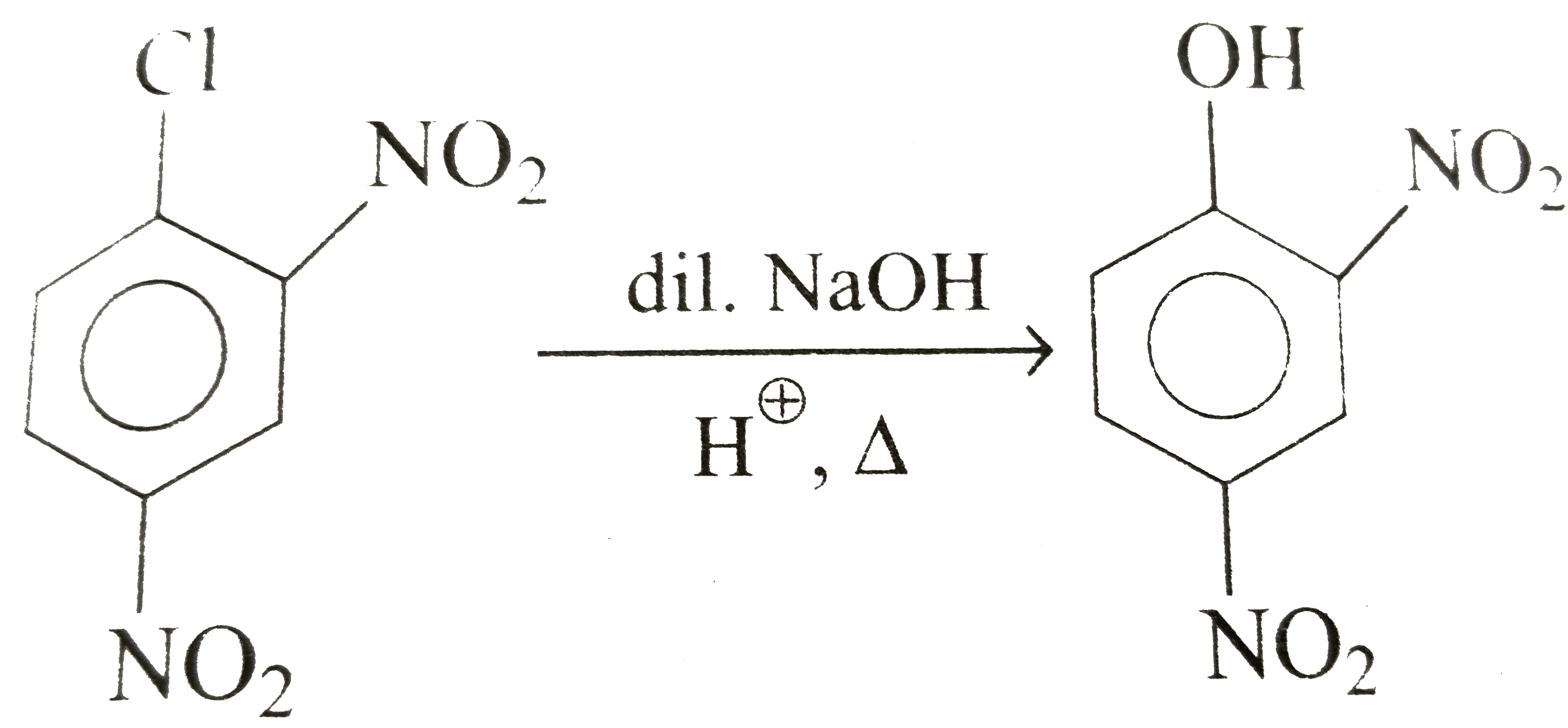For a reaction A→2B, as time proceedsSolution in Telugu
[A] decreases, but [B] increases
Rate of disapperance of A decreases, but that of rate appearance of B increases
Rate of disappearance of A increases, but that of rate of apparance of B deacreases
Rate with respect to A and B remain same
The correct Answer is:C
Step by step video, text & image solution for For a reaction Ato2B, as time proceeds by Chemistry experts to help you in doubts & scoring excellent marks in Class 12 exams.
Updated on:21/07/2023Topper's Solved these Questions
- CHEMICAL KINETICSBOOK - AAKASH SERIESCHAPTER - CHEMICAL KINETICSEXERCISE - Objective Exercise - 2
93 Videos
- CHEMICAL KINETICSBOOK - AAKASH SERIESCHAPTER - CHEMICAL KINETICSEXERCISE - Objective Exercise - 3 (Previous NEET/AIPMT Questions)
32 Videos
- CHEMICAL KINETICSBOOK - AAKASH SERIESCHAPTER - CHEMICAL KINETICSEXERCISE - Subjective Exercise-4 (Numerical Problems)
7 Videos
- CHEMICAL KINETCSBOOK - AAKASH SERIESCHAPTER - CHEMICAL KINETCSEXERCISE - EXERCISE - 3.2
45 Videos
- CHEMICAL THERMODYNAMICSBOOK - AAKASH SERIESCHAPTER - CHEMICAL THERMODYNAMICSEXERCISE - Additional Practice Exercise
54 Videos
Similar Questions
Consider the following reaction N2(g)+3H2(g)→2NH3(g). The rate of the reaction in terms in terms of N2 at T(k) is −d[N2]dt=0.02 mole lit−1sec−1. What is the value of −d[H2]dt (in mole lit−1sec−1) at the same temperature?
View SolutionFor a first order reaction A→B the reaction rate at reactant concetration of 0.01 M is found to be 2.0×10−5mol L−1s−1. The half life period of the reactionis
View SolutionThe initial concentration of [A] = 0.3 mol/lit. The concentration after 2.3 min is 0.15 moles/lit. What is the value of rate constant.
View SolutionDiscuss on the kinetic spontaneity of a chemical reaction. Is a slow reaction spontaneous? Why?
View SolutionWhich among the following is not an exact differential?
View Solution
The reaction proceeds through _____.
View SolutionThe reaction
 proceeds by the mechanism
proceeds by the mechanism
View SolutionGiven these reactions : Ato2B DeltaH=40KJ BtoCDeltaH=-50KJ 2CtoD DeltaH=-20KJ Calculate DeltaH for the reaction : D+Ato4C
View SolutionHalf-life (t1/2) and completion time (T) of the above reaction (A→2B) are :
View SolutionThe reaction

proceed by the mechanism :
View SolutionThe reaction

proceed by the mechanism :
View Solution , this reaction proceed throught :
, this reaction proceed throught :
View SolutionThe above reaction proceeds through
View SolutionA hypothetical reaction A→2B, proceeds through following sequence of steps
(i) A→C,ΔH=q
(ii) C→D,ΔH=v
(iii) 12D→B,ΔH=x
Then, the heat of reaction is
View SolutionFor a reaction Ato2B , as time proceeds
View SolutionHalf-life (t1/2) and completion time (T) of the above reaction (A→2B) are :
View Solution
